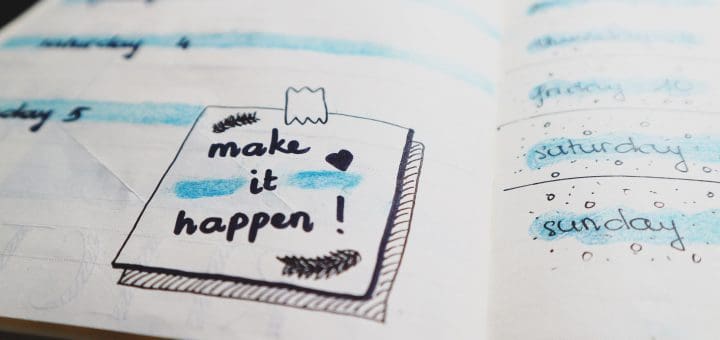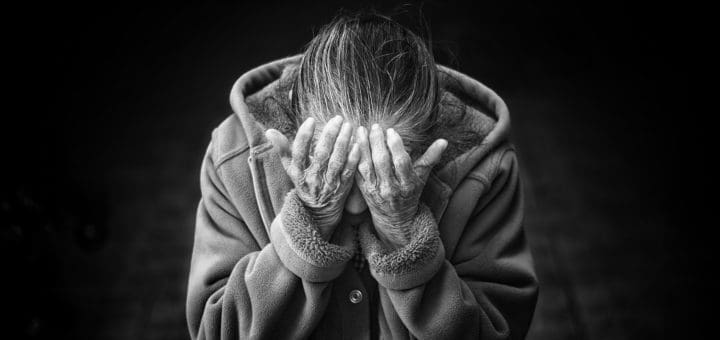Getting Things Done
It is important to find a routine that works for you amid your busy schedule. Each day may bring something different. For those in school, finals and big assignments may be coming up soon, and it can be daunting to figure out how to get everything done, especially with the anxiety you may be feeling with these tasks on top of the anxiety with everything else going on. Ironically, if you feel anxiety when it comes to getting tasks completed, those symptoms of anxiety may actually delay you from starting them, making it take even longer to get everything done. Distractions around you like your phone don’t help either.










Recent Comments